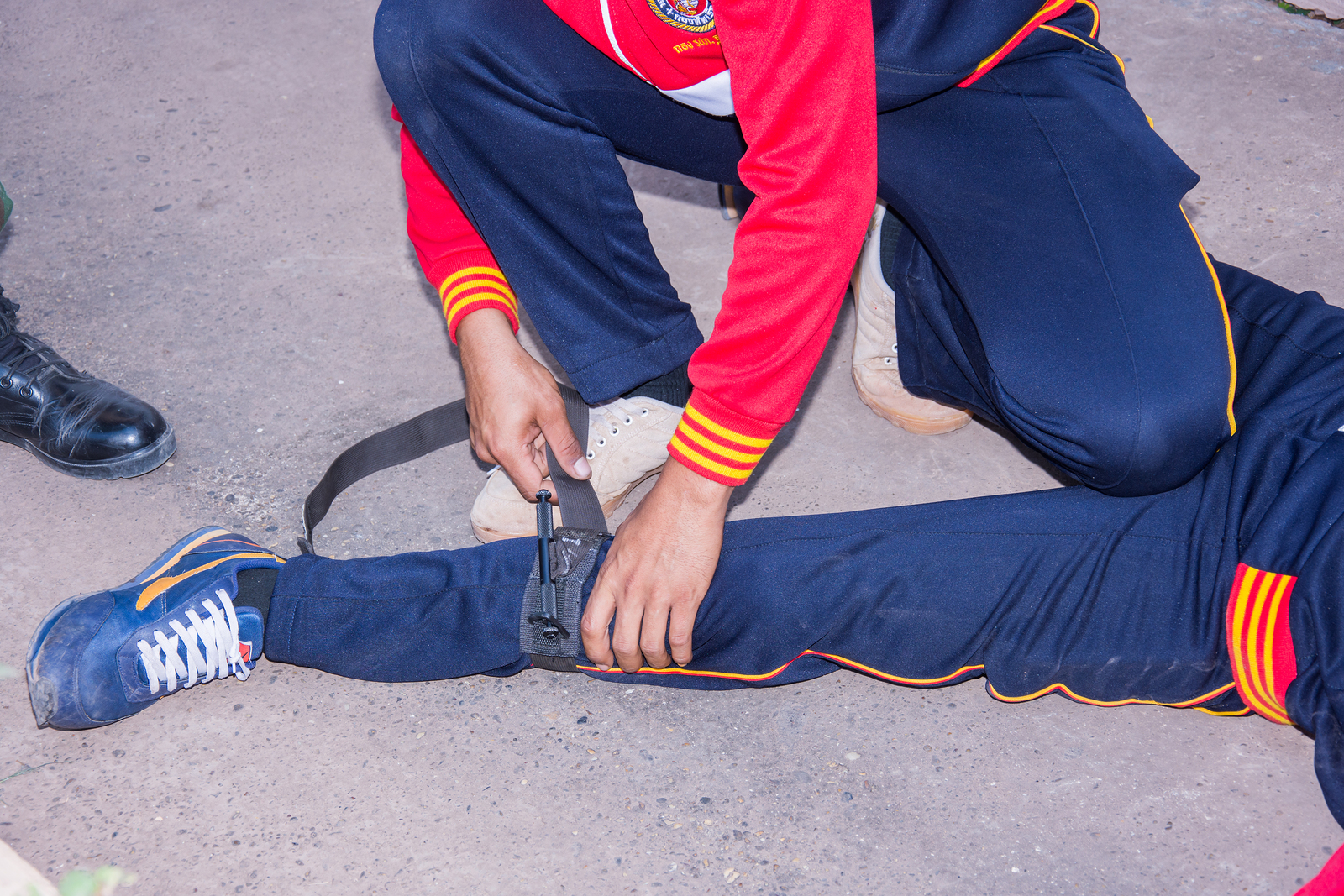The arrival of the ‘back to school’ season focuses the mind on every parents’ worst nightmare. Since the watershed of the Columbine High School massacre 20 years ago an estimated 228,000 US school children have been exposed to gun violence during school hours. The issues of gun violence in America, and perhaps most sensitively the issue of school shootings remain a permanent fixture of political and social debate.
School are now being designed and built by the same firms that build jails. In addition to existing measures such as emergency drills, remote-controlled building lockdown systems, CCTV and security fencing; school districts are also investing heavily in on-site armed ‘resource officers’ and mental health personnel. Many have advocated the extra step of arming teachers themselves and although this is already legal in a number of states, the majority of teachers themselves are opposed to the idea. Just to play devil’s advocate for a moment, if the Geneva Convention allows for medics to use lethal force to defend themselves and their patients, is it too fanciful an idea to expect teachers to be morally bound to use lethal force to protect their children whilst in loco parentis? Just throwing that out there….
New schools such as Fruitport High, Mich. Are being built from the ground up with active shooter frustration in mind. Everything from curved corridors to limit lines of sight to ubiquitous ballistic-grade glass is being fully integrated into building design, fuelling a $2.7 billion school security industry. But should the worst happen and all the expensive security measures fail then the wounded and dying must rely on those in their immediate vicinity to deliver life-saving treatment before medical personnel are able to enter the ‘hot zone’. Teachers now routinely attend Stop The Bleed classes alongside the usual first aid training. In its first 5 years of implementation an estimated 125,000 US teachers received training in life-saving haemorrhage control. Tourniquets and haemostatic dressings are now as much a part of any classroom first aid kit as plasters and antiseptic cream. Some criticism has been levelled at the Department for Homeland Security for funding the program and also rolling it out among the pupils themselves, with accusations of treating the symptoms of gun violence rather than actually pushing for tighter gun controls and tackling the issue at source. One could also make the argument that these skills of emergency haemorrhage control are transferable and equally useful should the teacher or student witness a serious road traffic collision or other non-shooting related traumatic event in their community.
That may be more useful to the students and society than over-zealous active shooter drills that may indeed be causing more harm than good by forcing petrified kids to routinely contemplate their own violent death or filling their heads with far-fetched ‘tactics’ advising them to suppress a gunman by throwing school books or rocks at them.
Obi Nnajiuba is a British surgical resident and current PhD student with a specialist interest in trauma, acute care, prehospital care, triage, mass casualty events and trauma systems. His postgraduate qualifications include an MSc in Trauma Sciences and membership of the Royal College of Surgeons of England. He is also a registered Motorsport UK physician, providing trackside advanced trauma care to competitors at world famous motor-racing circuits such as Brands Hatch, Goodwood and Silverstone.


